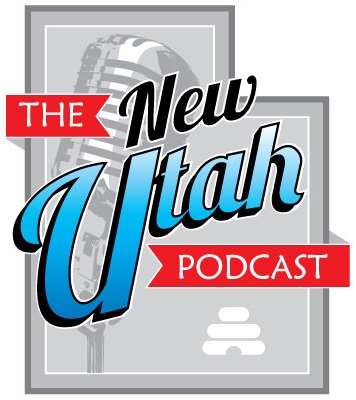This month we get ready to close out our year of famous Utahn’s with two more Utahn’s. Although they may not be fully “famous” they are definitely influential Utahn’s.
Jerry Buss is probably best known for his ownership of the LA Lakers up until is death in 2013. He was referred to by the NBA as the greatest owner in sports. Born in Salt Lake City on January 27, 1933 his mother Jessie and his father Lydus, who would end up divorced. At age 9 Jerry moved to Wyoming with his family and eventually made his home in California.
Jerry lived many lives from a chemist, being a real estate investor, a poker player, and of course as his legacy lends, the owner of the Lakers. He changed the way we do basketball. This is the cheerleaders you see on the court. The structured premium seating and music! He wanted it to be an “all-out entertainment” spectacle, and we think it worked!

John Warnock our second famous Utahn for November was much more of a Utahn than Jerry. Born and raised in SLC, he is a Utahn through and through. John is also one of the few people we’ve featured this year that is still alive! John’s legacy will be one of being a co-founder of Adobe! Yes, little ol Adobe! John was born in Salt Lake City on October 6, 1940. From Wikipedia, “Warnock was born and raised in Salt Lake City, Utah. He failed mathematics in ninth grade but graduated from Olympus High School in 1958. He currently lives in the San Francisco Bay Area. He is married to Marva E. Warnock, illustrator, and has three children. Warnock has a Bachelor of Science degree in mathematics and philosophy, a Doctor of Philosophy degree in electrical engineering (computer science), and an honorary degree in science, all from the University of Utah. At the University of Utah he was a member of the Gamma Beta Chapter of the Beta Theta Pi fraternity. He also has an honorary degree from the American Film Institute.” In 2019 Kristin Murphy of the Deseret News did an incredible write up on Mr. Warnock’s visit to Silicone Slopes Summit.
Cool fact here the Adobe typeface “Warnock” is named after him!
2020 has seen many challenges in education and it was a scramble to figure out how to do graduations. John Warnock was the Keynote for the University of Utah.Some of our resources this episode: Jerry Buss Wikipedia/ Bleacher Report/ Adobe/ UofU/ Deseret News
Music By: Folk Hogan; Bootleggers Dance








